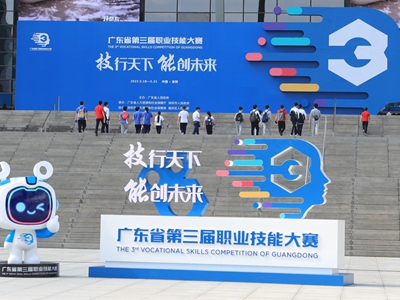Hong Kong ABCs (5): Financial center
Writer:

HONG KONG is a global center for world trade, finance, business and telecommunications, strategically located at the doorstep of the mainland’s huge and vibrant economy. According to the World Trade Organization, Hong Kong was the world’s eighth-largest trading entity in 2015. It operates one of the world’s busiest container ports in terms of container throughput, as well as one of the world’s busiest airports in terms of the number of international passengers and the volume of international air cargo handled.
As an international business hub, Hong Kong has a business-friendly environment that prioritizes the rule of law, free trade and free flow of information, open and fair competition, a well-established and comprehensive financial network, superb transport and communications infrastructure, sophisticated support services, and a flexible labor market with a well-educated workforce and a pool of efficient and innovative entrepreneurs. In addition, Hong Kong has sizable foreign exchange reserves, a fully convertible and stable currency, prudent fiscal management and a simple tax system with low tax rates. As for competitiveness, Hong Kong was ranked as the world’s second-most competitive economy by the International Institute for Management Development in 2015 and the fifth-easiest place to do business globally according to the World Bank’s Doing Business 2016 report published in October 2015.
The Hong Kong economy has nearly doubled in size over the past two decades, expanding at an average annual rate of 3.4 percent in real terms and consistently faster than most high-income economies. Over the same period, per capita GDP rose about 65 percent in real terms, posting an average annual growth rate of 2.5 percent. Hong Kong’s per capita GDP at current market prices reached US$42,400 in 2015, one of the highest in the region and the world. Thanks to continued globalization, Hong Kong’s trade linkages with other parts of the world have grown appreciably. Trade in goods and services almost tripled in real terms over the past two decades. In 2015, the total value of traded goods, comprising re-exports, domestic exports and imports, reached US$8,069 billion, equivalent to 336 percent of GDP. This was higher than the ratio of 251 percent in 1995 as well as 323 percent in 2005. Including the value of exports and imports of services, the ratio of total trade to GDP was even higher, at 400 percent in 2015, up from 290 percent in 1995 and 377 percent in 2005.











